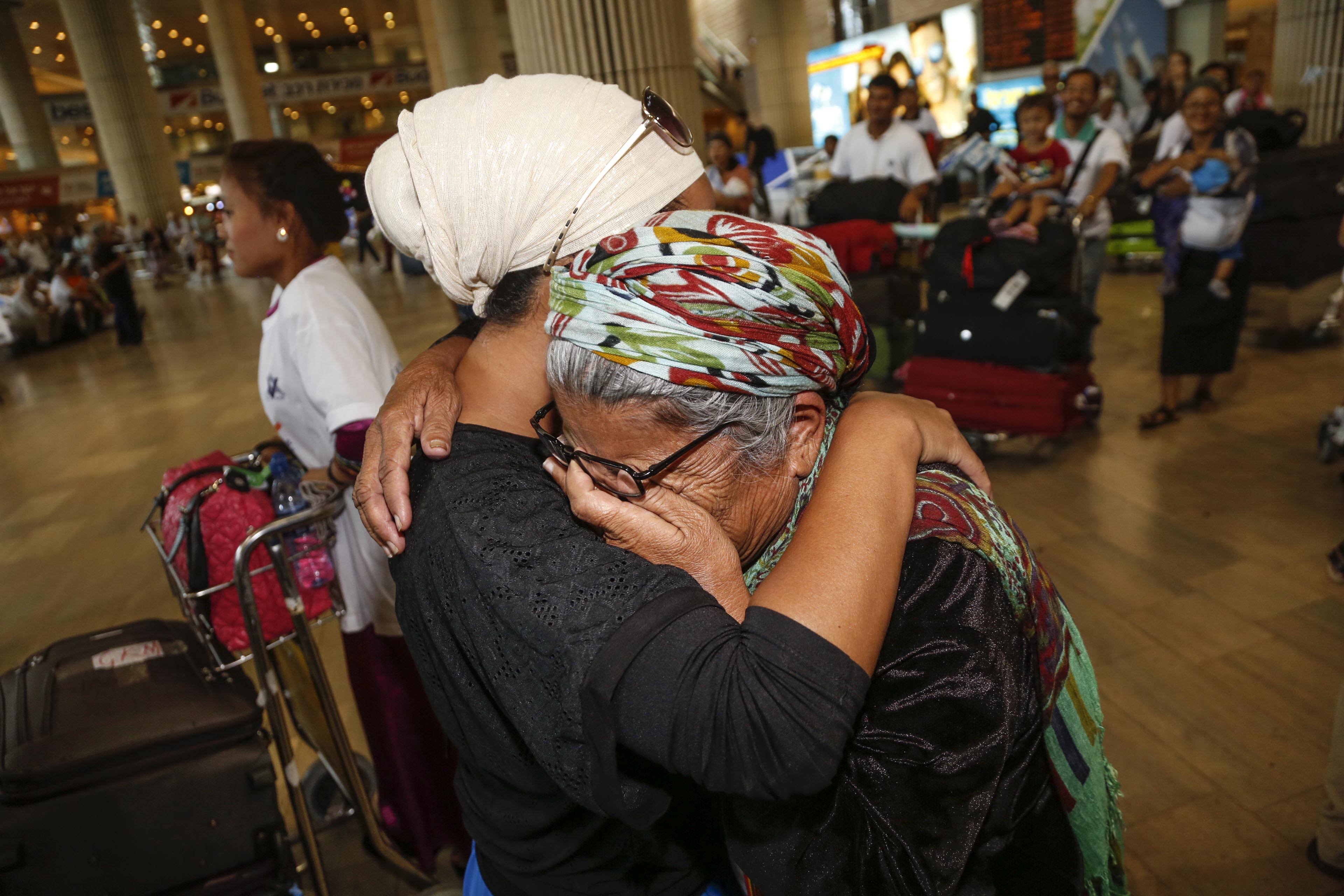For many kids, being permanently separated from their parents is unimaginable. Sadly, it’s a reality for thousands of children in India who have seemingly disappeared in thin air. But thanks to a new facial recognition technology, there is a new hope for them.
The Emotional Story of Saroo Brierley
In his memoir A Long Way Home (later adapted into the successful movie Lion), Saroo Brierley recounts how one decision changed his entire life. When he was a young boy, his family was thrown into poverty because his father left them. Their mother worked but didn’t earn enough to support her children; they were often hungry. To fill in the gaps, five-year-old Saroo and his two older brothers began begging at the train station for food and coins.
One evening, Saroo accompanied his old brother on a train ride from Khandwa to the city of Burhanpur, about 43 miles away. Upon arriving, Saroo was tired and stayed on the train platform. His brother promised he’d be back soon, but Saroo became impatient and eventually got on a train thinking his brother was on it. He didn’t see his brother but assumed that they would find each other. Saroo fell asleep, and when he awoke, he was nearly a thousand miles away from his hometown—he was now in Calcutta.
Saroo wouldn’t see his family again for 25 years. He didn’t know the name of his suburb, so he spent five months on the Calcutta streets before being adopted by the Brierley family and taken to Australia. Retracing his steps all those years later was the result of incredible luck and obsessively studying Google Earth. Eventually, through fantastic recall and the help of strangers, he was reunited with his mother.

A New Breakthrough Technology to Find Missing Children
Saroo’s story isn’t unique. There are thousands of children who vanish off the streets and slums of India, whether that’s for days, months, or years. But now, with the help of a new facial recognition technology, it won’t take decades for them to be found. In an experimental trial, the New Delhi police are using a photographic database of about 60,000 missing children and comparing them with 45,000 images of unidentified orphans housed in institutions around the city. A computer is making the matches.
The results are remarkable. In just four days, nearly 3,000 children were recognized, and steps are now being taken to reunite them with their families. It also demonstrates a viable solution for this devastating problem in India, where young kids are taken from the streets at alarming rates. Some are like Saroo, while others are abducted or have run away from home. “India currently has almost 200,000 missing children and about 90,000 lodged in various child care institutions,” explained Bhuwan Ribhu from Bachpan Bachao Andolan, a child welfare group. “It is almost impossible for anyone [to] manually go through photographs to match the children.”
Although the facial recognition software is new (and limited in its use), the success of the trial could lead to a greater adoption from other state police forces. That way, if a kid has made it outside of the Delhi, they will still have a chance at being reunited with their family in a fraction of the time that it took for Saroo. And while it doesn’t solve the complex problem of some children being coerced or sold onto the streets, it does offer some reprieve for those affected.


